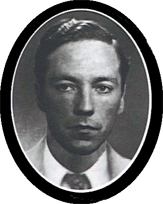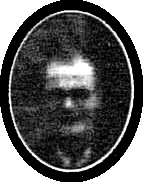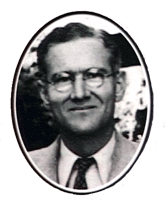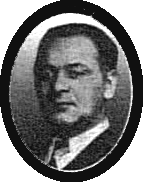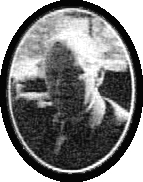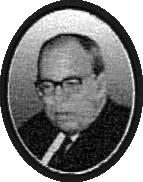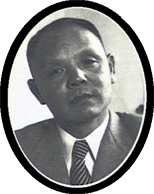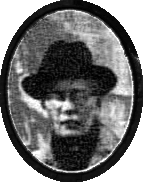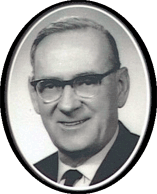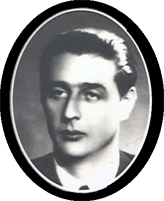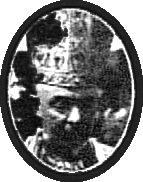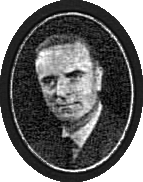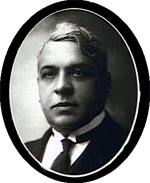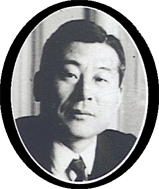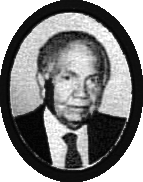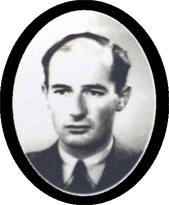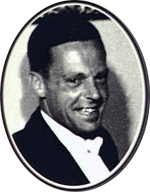 |
Visas
For Life
|
 |
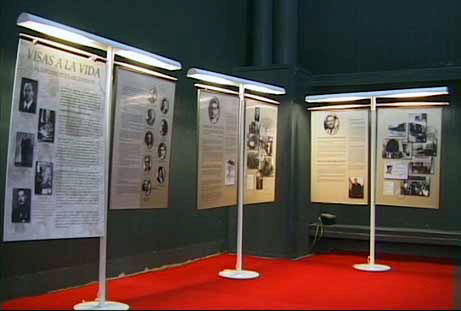 |
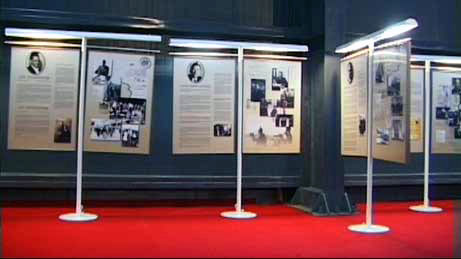 |
|
The diplomats whose stories are told featured in this exhibit are:
In addition The Swedish Red Cross and Folke Bernadotte and Operation White Busses are honored in the exhibit. |
It is generally known that the Nazis were determined to kill every last Jew upon whom they could lay their hands, and this we know is primarily the story of the Holocaust. Yet we also know that before the war some Jews escaped to safety and that during the war some, even in Germanoccupied territory, survived the Holocaust. Yet few people are aware that many thousands of Jews were saved and shielded by diplomats of neutral nations which maintained diplomatic relations with Nazi Germany. Indeed, few are aware that Jews could be saved from the Holocaust by diplomats during wartime, yet instances of neutral diplomats rescuing Jews from the Nazis was actually a more common occurrence than is generally known, and by the end of the war, thousands of Jews were rescued by men and women whose heroic deeds have remained largely unrecognized. The Visas for Life*: The Righteous Diplomats Project has curated an exhibit entitled Visas for Life: The Righteous Diplomats. This exhibit tells, for the first time in this way, this important and mostly unknown story of the Holocaust. It is based on original photographs collected from the families of the diplomats, eyewitness accounts of survivors and original government records. Many people have heard of the widely known deeds of the Swedish diplomat Raoul Wallenberg and his courageous colleagues at the Swedish mission in Budapest 1944-45. More recently, the story of Consul Chiune Sugihara, the Japanese consul who in 1940 rescued Jews in Kovno, Lithuania, has also become known. The exhibit features the dramatic stones of these diplomats and many others from various countries, cultures and backgrounds who, by the end of the war, had saved or shielded tens of thousands of Jewish lives. Collectively, these are stones about what may be the most extensive rescue of Jews and other refugees during the Nazi Holocaust. Diplomatic rescue took place between 1938 and 1945 in more than 18 countries in Nazi occupied Europe. It was possible because during the entire Nazi period and even during the Second World War, the German government maintained normal diplomatic relations with a number of nations. Some were nations neighboring Germany before they were occupied, some, like Japan, were German allies and some, such as Sweden, Switzerland, Spain, Turkey and Portugal, were able to maintain their neutrality throughout the war. As representatives of governments recognized by Nazi Germany, the diplomats described in the exhibition were able, if they chose, to extend their nation's diplomatic protection to Jews endangered by the Nazis. Assistance and rescue activities conducted by these diplomats took many forms. They could issue entry visas to their own countries, or transit visas requesting safe passage, which could then be used to obtain exit visas from Nazi controlled territory. Sometimes they issued citizenship papers, protective papers and other forms of documentation that allowed Jews to escape the Nazis. Some diplomats personally smuggled refugees across international borders and frontiers. Some even hid Jews in their embassies and in their personal residences and in some cases established safe houses to shield Jews from arrest. Some even went out on missions to try halt Nazi deportations to the death camps. Some of the diplomats who aided Jews did so in direct violation of the regulations and immigration policies of their countries, risking damage to their careers. Some were censured or punished, fired or stripped of their ranks and pensions, even ostracized in their home countries for their acts of courage. Some went so far as to risk their own lives trying to save Jews. Two diplomats lost their lives. Many Jewish survivors of the Holocaust who were saved by diplomats have not had the opportunity to publicly acknowledge their rescuers. Poignantly, some survivors are not even aware of the name of the diplomat who helped them escape Nazi terror.
Diplomatic Rescue 1938-1945 In order to conduct their murderous campaign against Europe's Jews, the Nazis depended on the active support of tens of thousands and the indifference of millions. Most of the Jews who survived the Holocaust did so largely on their own, while some were helped by good people--friends, neighbors and even total strangers. Among those who helped Jews both before the war and during it were the diplomats described in this exhibition. Because of their official status, diplomats, consuls and other officials representing sovereign nations were in a unique position to extend significant help. Before the war many persecuted Jews desperately sought visas in order to flee Germany and Austria. Yet most of the countries they sought refuge in did everything possible to block the entry of Jewish refugees. Some diplomats stationed in the Third Reich disagreed with their government's policy and, sometimes directly against orders, issued entry visas for their country. Such a document could mean the difference between life and death for thousands of people. During the war, neutral diplomats working in German occupied Europe sometimes granted their own nation's diplomatic protection to Jews who in fact had little or no connection to their home nation. And because the German government sought to maintain proper diplomatic relationships with these neutral nations, this ploy sometimes worked to shield and save Jews. Chiune Sugihara, the Japanese Consul in Kovno, Lithuania, said afterwards that, "Those people told me the kind of horror they would have to face if they didn't get away from the Nazis and I believed them. There was no place else for them to go... If I had waited any longer, even if permission came, it might have been too late." Although exact numbers remain uncertain, we can be sure that these few diplomats aided and rescued thousands of Jewish fives, perhaps even the largest numbers of Jews remaining in Nazi occupied Europe during the Holocaust. Yet afterwards they remained modest about their accomplishments. When the Italian Giorgio Perlasca, who became the Spanish charge' d'affaires in Budapest, asked why he did it, he said simply: "Because I could not bear the sight of people branded as animals. Because I couldn't bear to see' children killed. I think it was this. I don't think I was a hero." As official representatives of their governments, the diplomats were obliged to follow the immigration laws and policies of their countries. By issuing visas to Jewish refugees, some acted contrary to their governments, and superiors, explicit orders. Doing this put them at direct risk to their careers and thus their livelihood. In June 1940, Portuguese Consul General Aristides de Sousa Mendes, after issuing more than 30,000 visas to Jews and other refugees in Bordeaux, France, explained that, "My government has denied all applications for visas to any refugee. But I cannot allow these people to die... I am going to issue (a visa) to anyone who asks for it … Even if I am discharged I can only act as a Christian, as my conscience tells me." Shortly thereafter, de Sousa Mendes was dismissed from the Portuguese Foreign Ministry. He was stripped of his rank lost his pension. Forced to sell his home and ostracized by his friends, de Sousa Mendes suffered two strokes which left him partially paralyzed. Yet he had no regrets, and later said that "If so many Jews can suffer because of one person (Hitler), then one Christian can suffer for Jews." In 1954, de Sousa Mendes died in poverty. After more than 60 years, some of the diplomats
presented in this exhibit have yet to be recognized, honored or even
in some cases "rehabilitated" in their own countries. Shockingly
in some cases after the war, some of the diplomats and their families
were punished for their courageous actions, even enduring economic hardship.
The families of these diplomats have appealed to their respective governments
to restore the name and honor of their fathers. * A production of the Israeli Ministry of Foreign Affairs with the auspices of Yad Vashem and the Wiesenthal Center. |
